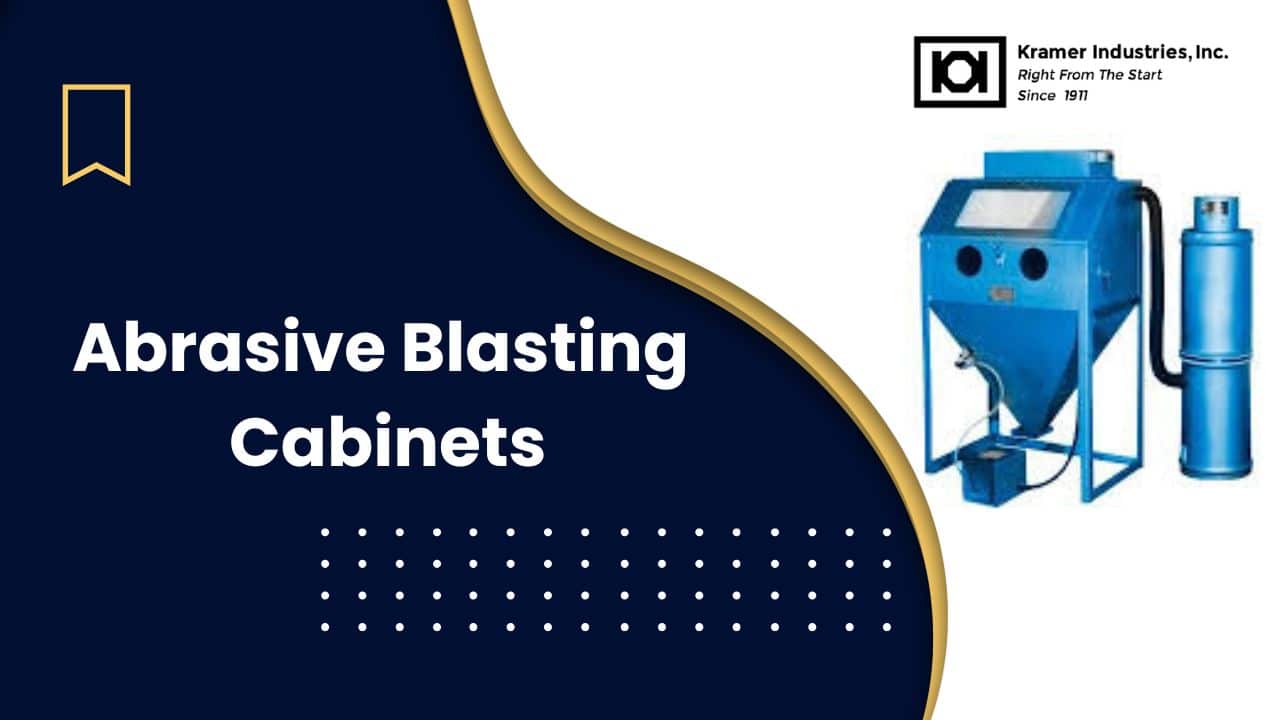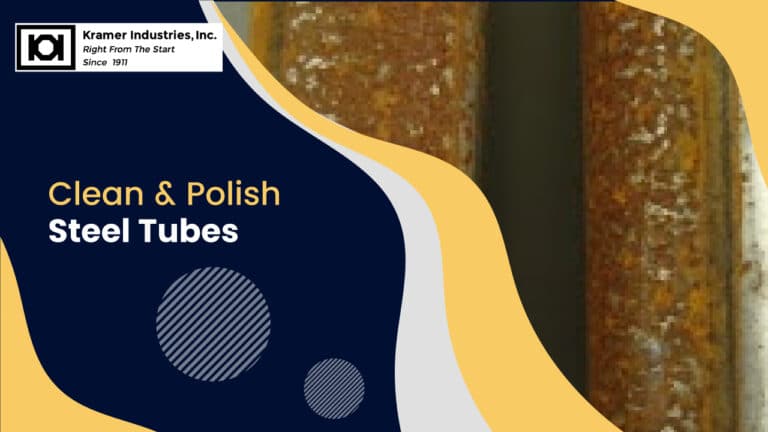Abrasive blasting cabinets are made to give a tidy and controlled space for working with blasting materials. These strong cabinets make it easy for you to scrub off paint, rust, and grime. They also keep the work area neat and safe. Whether you’re fixing up cars, manufacturing in a factory, or working on tiny details, abrasive blasting cabinets give you superior results. They’re popular in various industries for keeping the blasting media contained within, using it again, and making the job easier on the hands and eyes.
What is a Sandblast Cabinet?
A sandblast cabinet is a closed cabinet. Inside, rough materials shoot out really fast onto a surface that needs to be cleaned or smoothed out. This cabinet keeps all the flying bits and dust trapped inside. It’s a smarter and safer way to blast than performing it out in the open. These cabinets help cut down on waste and keep people away from breathing toxic contaminants.
Types and Technologies of Abrasive Blasting Cabinets
Let us study the two main kinds of abrasive blasting cabinets:
- Siphon (suction) cabinets: These cabinets use a vacuum to draw up the blasting media and shoot it through a spray gun. They are good for lighter jobs.
- Pressure cabinets: These cabinets use a tank full of pressure to blast harder and faster. They are great for tough work or frequent use.
Today’s cabinets often come with added features such as integrated dust collection units, LED lighting, foot pedal controls, and cyclonic media reclaimers. These features help you work faster and maintain a clean workspace.
Selecting the Right Abrasive Blasting Cabinet
To pick the right blasting cabinet, think about a few things:
- Job type: Will you be cleaning, prepping, or stripping?
- Blasting material match: Make sure the cabinet fits the type of media you will blast with.
- How often you’ll use it: Get one that suits daily or occasional use.
- Size of parts: Make sure your workpieces fit inside comfortably.
Picking the right cabinet means you’ll work better, save money, and it’ll last longer too.
Size and Application Categories
Abrasive blasting cabinets are available in various sizes to suit different industrial needs:
- Benchtop cabinets: Good for small parts and precision work.
- Mid-sized cabinets: You will find them in car shops and small factories.
- Walk-in cabinets: Suitable for large-scale industrial components. These cabinets are used for engine blocks and heavy machinery.
Choosing the right size helps you work faster and feel more at ease.
Construction and Durability
The structural integrity of abrasive blasting cabinets determines their long-term use. High-quality cabinets are generally made from continuously welded 14-gauge or thicker steel. For added durability, some models have internal rubber linings to reduce wear on the cabinet walls.
Other smart features include:
- Changeable window covers to prevent glass etching
- Strong gloves and tight-sealing doors
- Hard corners and strong bolts
These attributes make sure the cabinet stands up to rough use.
Materials of Construction for Components
Component materials play a big role in the working and durability of abrasive blasting cabinets.
Common tough materials include:
- Tungsten carbide: Nozzles stay sharp and do not wear out fast.
- Boron carbide and alumina: Super strong in high-abrasion settings.
- Silicon carbide ceramic: Cheaper, but still works well.
Using the appropriate materials means fewer fixes and fewer new parts.
Essential Parts and Consumables
A basic blasting cabinet typically consists of these parts:
- Spray gun and nozzle
- Air hose system
- Blasting media holder
- Inside lights
- Dust filter or vacuum
Things like gloves, nozzles, window covers, and filters wear out. Check them often and replace them when needed.
Abrasive Media Considerations
Different abrasive materials demand different levels of resistance from cabinet components.
Common types are:
- Aluminum grit
- Glass balls
- Steel bits
- Silicon rough bits
To match these media, use strong cabinet parts made from materials like boron carbide or tungsten carbide to make them last longer.
Applications and Use Cases
Blasting cabinets can be used for:
- Scraping off paint and rust
- Prepping parts before painting or welding
- Etching glass or adding fancy touches
- Cleaning and smoothing metal parts
They’re used in places like:
- Car repair shops
- Airplane and military work
- Metal workshops
- Jewelry and craft studios
Advantages and Limitations
Advantages:
- Contained environment reduces media loss and contamination
- Safer and cleaner for workers
- High level of control for precision work
- Saves money by reusing blasting media
Limitations:
- Higher initial investment than portable systems
- Needs space and good airflow
- You’ll have to replace parts now and then
Even with the downsides, blasting cabinets are still a top pick for anyone who wants steady, clean results.
Key Considerations for Purchase
Before buying a blasting cabinet, think about:
- How much space you’ve got
- If your air compressor tools will work with it
- If you need a dust sucker
- How well you can see inside
- What kind of blasting media you’ll use
- What is your budget for upkeep
A well-informed decision ensures long-term use and excellent results from your abrasive blasting cabinet system.
Conclusion
Abrasive blasting cabinets give you a sharp, neat, and smart way to clean surfaces. With careful planning, tough build, and clever accessories, they stay a solid tool in jobs where clean, smooth surfaces matter most.
Elevate your surface-finishing prowess with Kramer Industries’ state-of-the-art abrasive blasting cabinets. Discover durable design, ergonomic comfort, and precision performance—all tailored to your workflow. Contact Kramer today.



